Search Images
Browse Content (p. 759)
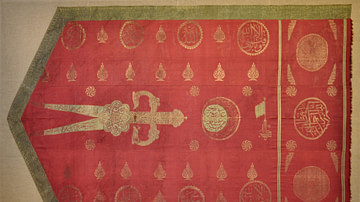
Image
Ottoman Zulfiqar Flag
Silk damask flag from Istanbul, dated 1810–1811 CE; it depicts the zulfiqar, Caliph Ali's (r. 656-661 CE) two-pronged sword.
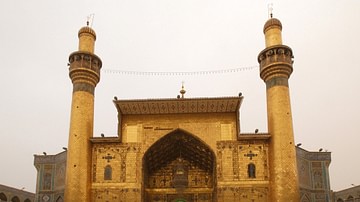
Image
Outside View of Imam Ali Shrine in Najaf, Iraq
Facade of the Meshed Ali, Najaf, Iraq.
Photo taken in 2003 by U.S. Navy Photographer's Mate 1st Class Arlo K. Abrahamson.
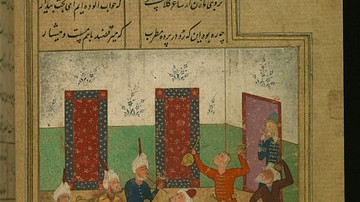
Image
Sufis Dancing
Collection of poems (divan), Sufis dancing, Walters Art Museum Ms. W.629, fol. 95b
This manuscript is an illuminated and illustrated copy of the collection of poems (dīvān) by Shams al-Dīn Muḥammad Ḥāfiz al-Shīrāzī. (1552 CE)
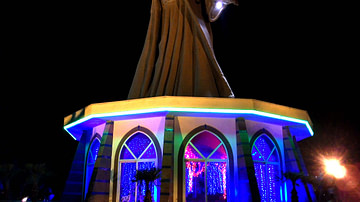
Image
Statue of Rumi
Statue of Persian poet Rumi (1207-1273 CE) in Buca, Turkey.
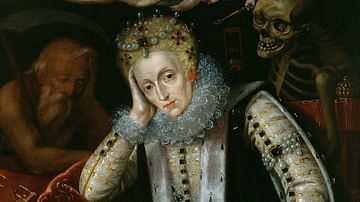
Image
Elizabeth I & Death
A c. 1610 CE posthumous portrait of Elizabeth I of England (r. 1558-1603 CE) showing the queen near the end of her days and with death hovering behind her. Although she has aged (an unusual for her official portraits while alive), Elizabeth...
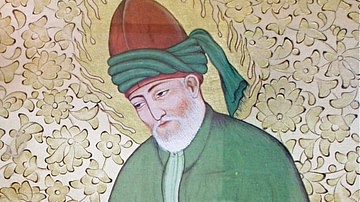
Image
Rumi
Painted picture of Persian poet Rumi (1207-1273 CE) under glass on the outside of the museum office.
At Rumi's Mosque, Konya, Turkey
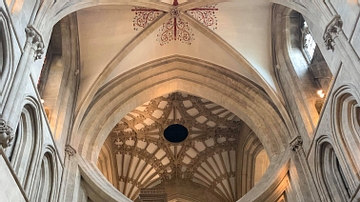
Image
The Scissor Arches, Wells Cathedral
The scissor arches in Wells Cathedral constructed between 1338-48 CE by master mason William Joy (1329-1348 CE).
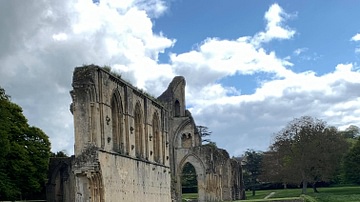
Image
Ancient Burial Site of King Arthur and Guinevere at Glastonbury Abbey
The site where the monks of Glastonbury Abbey supposedly discovered King Arthur and his wife Guinevere’s burial site in 1191 CE. According to the story, Arthur and Guinevere were later reburied under the main altar by King Edward I of England...
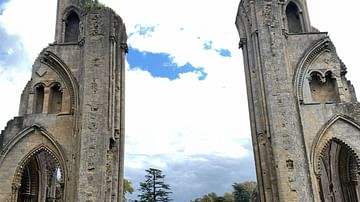
Image
Glastonbury Abbey
The ruins of the Great Church at Glastonbury Abbey, Somerset. The church was constructed during the 12th and early 13th centuries CE after a fire ruined the Old Church in 1184 CE.

Image
The Bishop's Palace - Wells
The Bishop's Palace was built to accommodate the Bishop of Wells and dates from the 13th century CE.